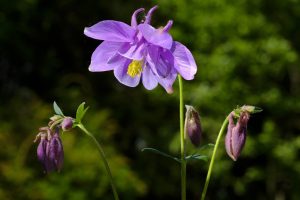In this guide, we will explore ideal options to plant in June, detailing their temperature tolerances, planting dates, and growing requirements to help you cultivate a thriving garden.
Vegetables To Plant
Tomatoes
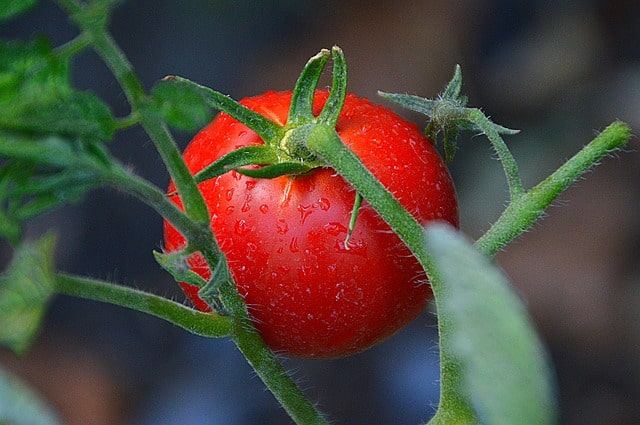
Temperature Tolerance: Tomatoes thrive best in temperatures between 70°F to 85°F during the day and about 55°F to 70°F at night.
Planting Dates: Transplants can be set out in June since all danger of frost has passed.
Tomatoes are among the most beloved summer vegetables, and their vibrant fruits are a staple in kitchens worldwide. They are best grown in full sun, requiring at least six hours of direct sunlight daily to ensure robust growth and fruit production. When preparing the soil, incorporating ample organic matter can enhance drainage and fertility. Watering should be consistent—aim for around 1-2 inches of water per week. Mulching around the plants can help retain moisture and regulate soil temperature, which is critical for optimal growth.
Bell Peppers
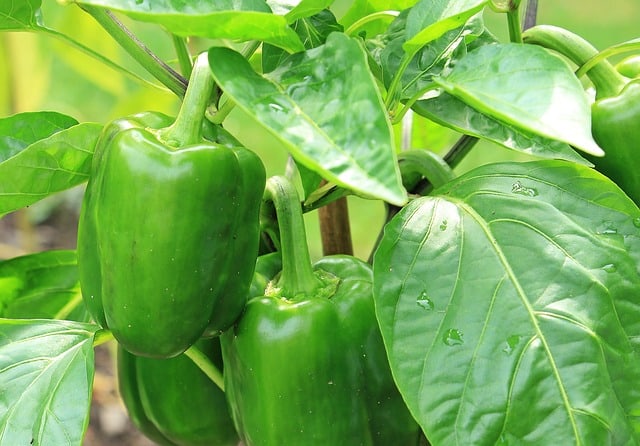
Temperature Tolerance: Bell peppers flourish at temperatures ranging from 70°F to 85°F and are sensitive to cold.
Planting Dates: You can plant bell pepper seedlings outdoors in early to mid-June.
Bell peppers are known for their sweet, juicy flavor and are versatile in culinary use. They can be grown in containers or directly in garden beds. When planting, select a sunny spot and maintain soil that is rich in organic matter and has good drainage. Fertilizing the plants periodically can aid in achieving larger fruits. Regular watering is essential, but avoid excessive moisture that could lead to root rot. Ensure you stake or cage taller varieties to maintain support as they grow.
Cucumbers
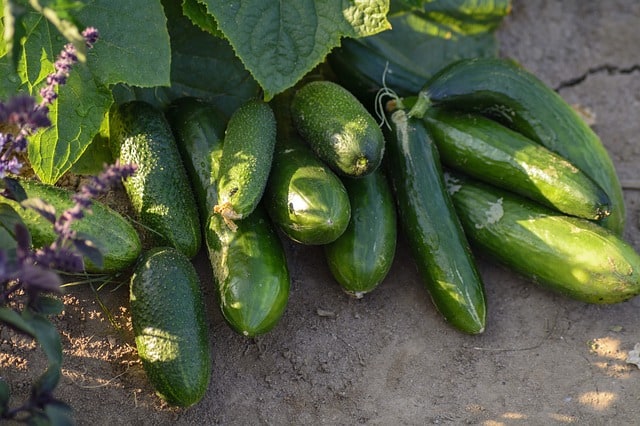
Temperature Tolerance: Cucumbers grow best when daytime temperatures are between 70°F and 95°F.
Planting Dates: They can be seeded directly in the ground in early to mid-June.
Cucumbers are a fantastic choice for home gardens, producing crisp fruits ideal for salads, pickles, and snacks. They thrive in full sun and can benefit from trellising, which saves space and promotes air circulation, reducing the risk of disease. Cucumbers like moist soil; thus, regular watering is key, especially during dry spells. Consider companion planting with beans, which can help provide shade and moisture retention as they grow side by side.
Squash
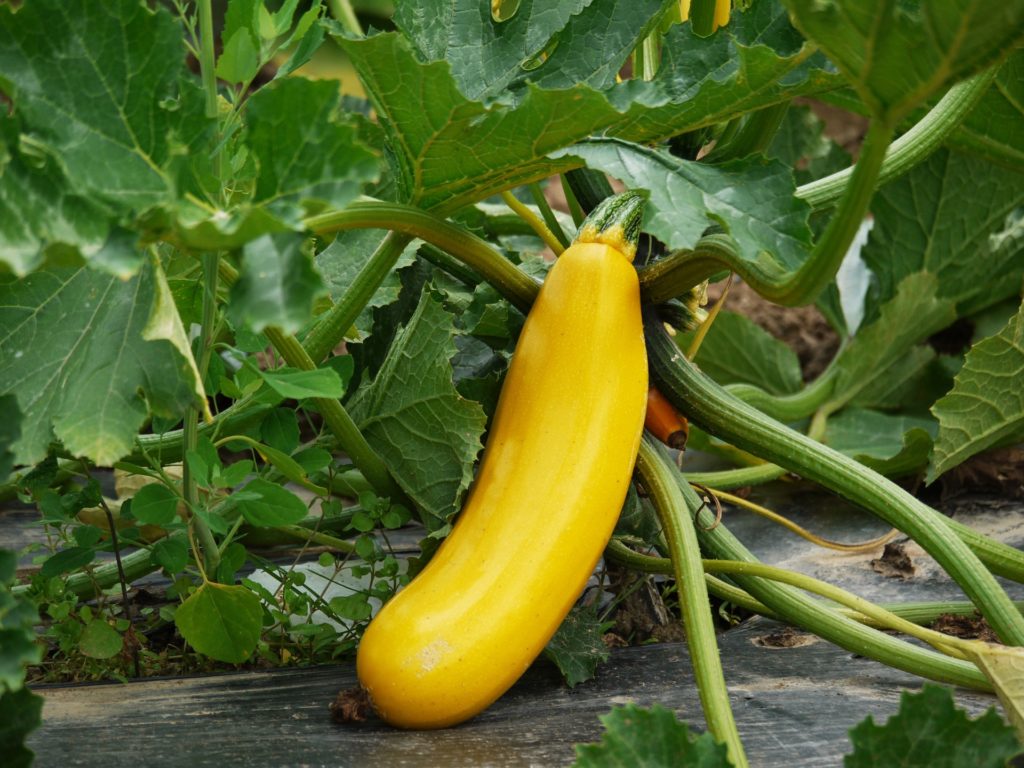
Temperature Tolerance: Squash prefers warm conditions, growing best in temperatures between 70°F and 90°F.
Planting Dates: Direct sow seeds in June, as the soil is warm enough for optimal germination.
Squash plants, both summer and winter varieties, can be very productive in Zone 8b. Summer squash like zucchini and patty pan take about 50-70 days to mature, while winter varieties like butternut might take longer. Ensure they are planted in amended soil with good drainage and full sunlight. Regular watering is necessary, as squash can be prone to blossom end rot without consistent moisture. Employing crop rotation yearly can minimize pest issues and promote healthy soil.
Green Beans
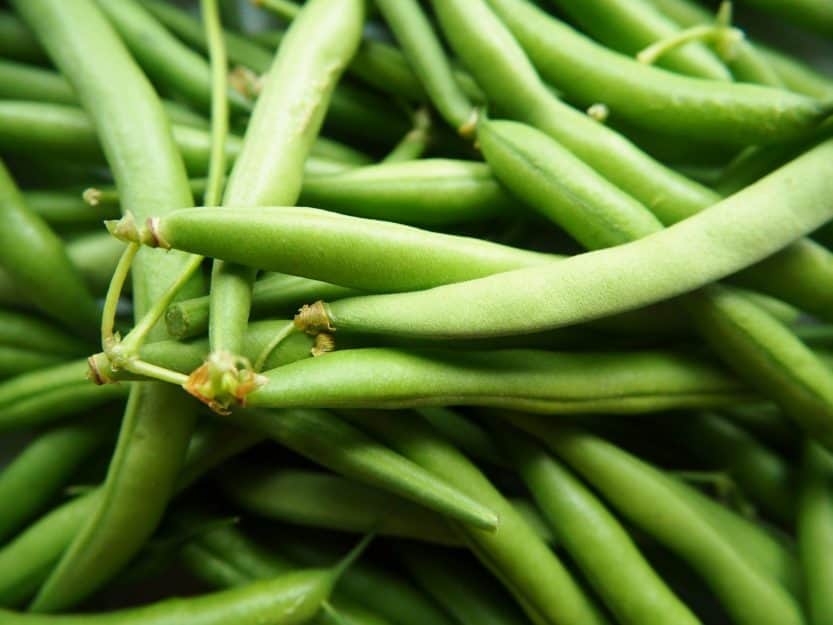
Temperature Tolerance: Green beans prefer warm weather, flourishing in temperatures around 70°F to 90°F.
Planting Dates: Sow seeds directly into the garden in early to mid-June.
Green beans are a forgiving crop, making them ideal for gardeners at any skill level. They can be bush or pole types, with bush beans maturing faster and requiring less support. Plant seeds in well-draining soil enriched with compost, ensuring they receive ample sunlight. These legumes also fix nitrogen in the soil, enriching it for subsequent crops. Harvest regularly to encourage continued production throughout the summer.
Eggplants
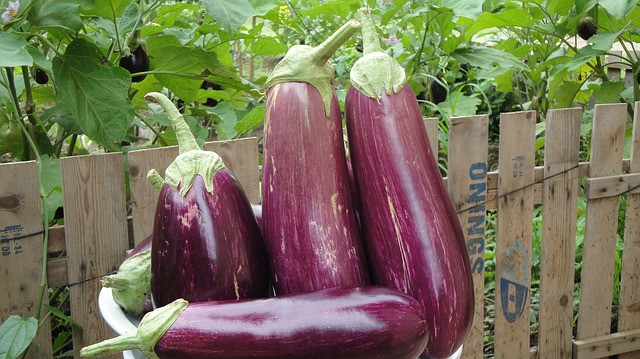
Temperature Tolerance: Eggplants thrive when daytime temperatures are between 70°F and 85°F.
Planting Dates: Transplants can be planted in mid-to-late June.
Eggplants, with their glossy fruits and exotic colors, are an exciting addition to the garden. They thrive in warm soil, preferring at least six hours of sunshine daily. Organic matter in the soil is essential for their growth, and eggplants require consistent watering without wetting the foliage to avoid fungal issues. Applying a balanced fertilizer can promote healthy growth and flowering. Check and harvest regularly, which can stimulate the plant to produce more fruits.
Okra
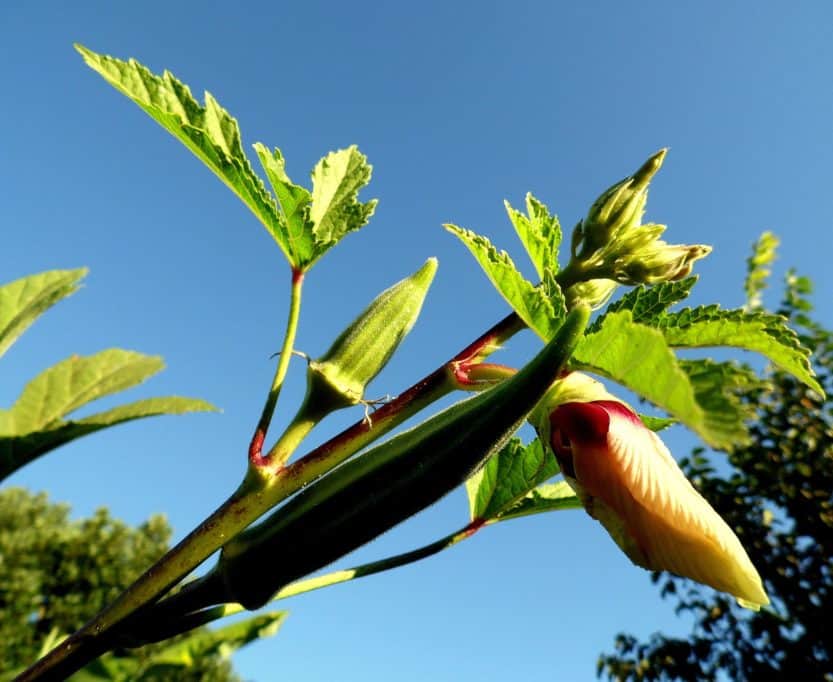
Temperature Tolerance: Okra prefers warm weather, doing best in temperatures between 75°F and 95°F.
Planting Dates: Sow seeds directly into the garden around the first week of June.
Okra is a quintessential southern vegetable that thrives in heat. It’s a tall plant that can reach heights of up to 6 feet, so ensure ample spacing when planting. Okra performs well in well-drained, nutrient-rich soil and can benefit from regular applications of organic fertilizer. This plant is also drought-tolerant once established, requiring minimal watering. Enjoy the tender pods when young, as they become tough and fibrous if left too long.
Sweet Corn
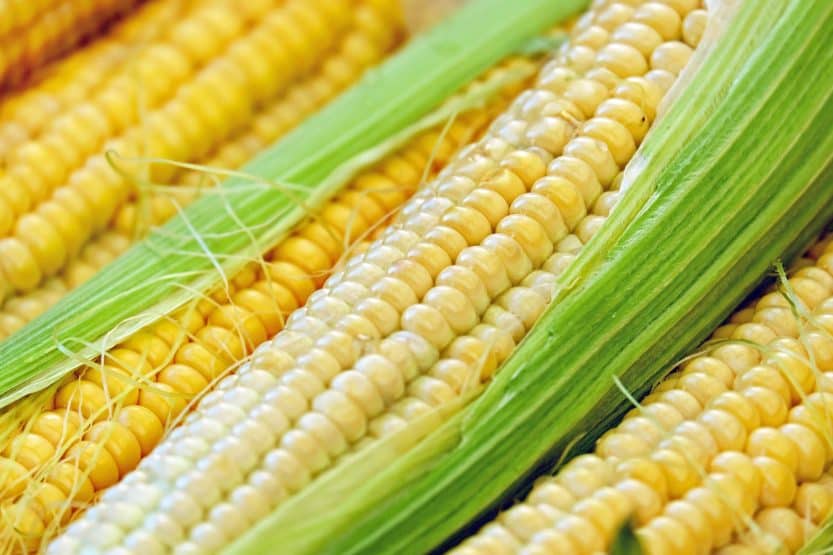
Temperature Tolerance: Sweet corn flourishes in soil temperatures around 60°F to 85°F.
Planting Dates: Seeds can be planted outdoors in late May to early June.
Sweet corn plants make an excellent addition to summer gardens. They thrive best in well-draining, rich soil with ample space for roots to expand. Plant seeds in blocks rather than single rows to ensure better pollination and ear formation. Regular watering is crucial, especially during dry spells, to achieve juicy kernels. Monitor for pests like corn borer, and consider companion planting with beans and squash to create a thriving garden ecosystem.
Melons
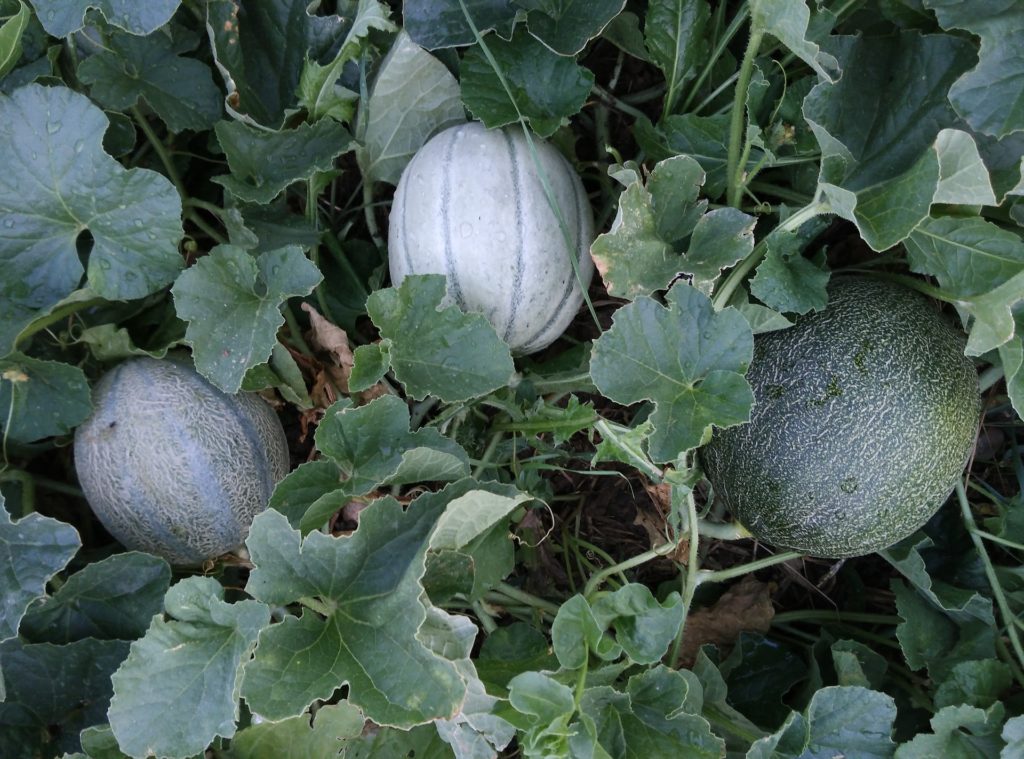
Temperature Tolerance: Melons grow best in warm conditions, ideally between 70°F and 90°F.
Planting Dates: Sow seeds in the ground in early to mid-June.
Melons, such as cantaloupe and watermelon, are quintessential summer crops with abundant sweetness. They thrive in full sun, requiring well-drained soil with high organic content. Since melons have extended vine growth, provide plenty of space for them to sprawl or use trellising. Water regularly during dry spells, particularly when fruiting, to enhance sweetness. Mulching can help retain soil moisture and keep roots cool.
Carrots

Temperature Tolerance: Carrots prefer cooler growing conditions, ideally around 65°F to 75°F.
Planting Dates: Seeds can be sown directly into the soil throughout June for a second round of planting.
While early spring is typical for carrot sowing, a second round in June can yield summer and fall harvests. Carrots thrive in loose, well-draining soil that is free of stones to prevent stunted growth. Watering evenly is essential to prevent splitting or tough texture, particularly in hot weather. Thin seedlings to allow sufficient space for development. Harvest them when they reach mature size, but they can be left in the ground for some time.
Flowers To Plant
Zinnias
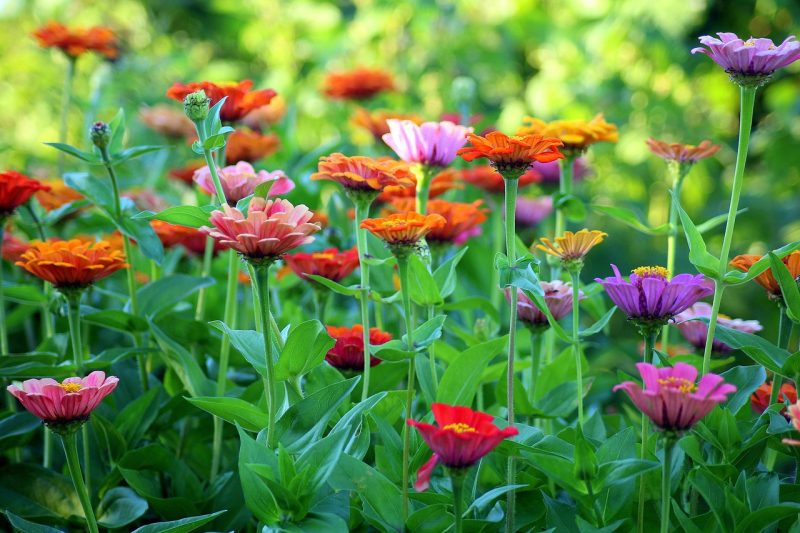
Temperature Tolerance: Zinnias thrive in temperatures ranging from 70°F to 90°F.
Planting Dates: Sow seeds directly in the garden in early June after the last frost.
Zinnias are a favorite among flower gardeners for their bright, cheerful colors and resilience. They are excellent for cutting gardens, attracting butterflies and bees. Plant them in rich, well-drained soil with full sun exposure. Regular deadheading encourages continuous blooming. Zinnias can tolerate drought once established but benefit from regular watering during dry spells.
Sunflowers
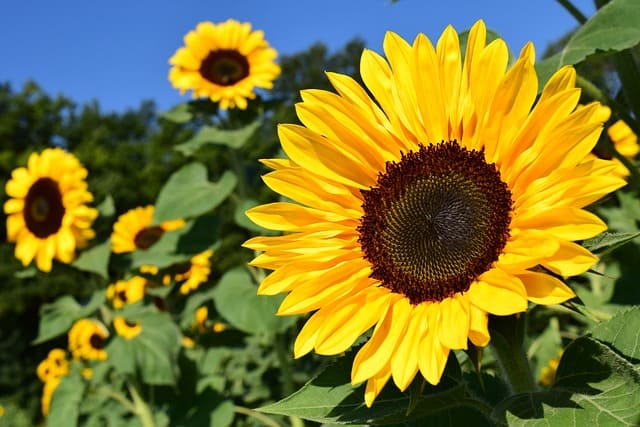
Temperature Tolerance: Sunflowers prefer warm conditions, ideally between 70°F and 85°F during active growth.
Planting Dates: Direct sow seeds in the ground in late May to early June.
Sunflowers serve as iconic summer flowers, known for their tall stalks and sunny disposition. They thrive in full sun, flourishing in well-draining soil. Sunflowers are vigorous growers; choose from various heights and colors, ensuring adequate spacing to accommodate their size. They attract birds and pollinators, providing ecological benefits and feeling ornamental in any garden.
Marigolds
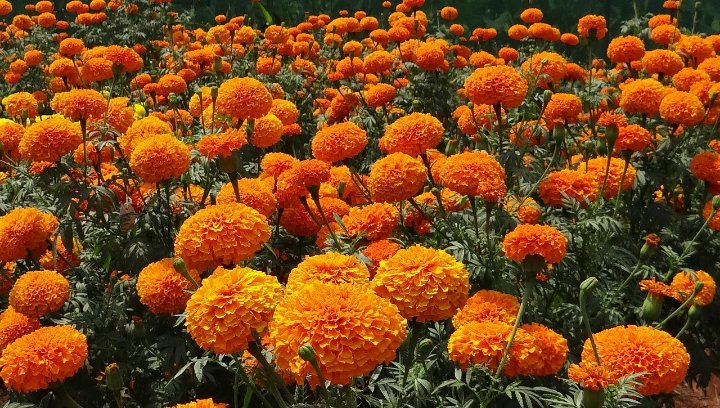
Temperature Tolerance: Marigolds grow well in temperatures ranging from 70°F to 85°F.
Planting Dates: Transplant seedlings or sow seeds in June.
Marigolds are known for their hardy nature and pest-repelling properties. Their vibrant flowers—ranging from yellow to orange—add exuberance to garden beds. They do well in nutrient-rich, well-draining soil and require full sun for optimal growth. Marigolds help deter nematodes and other garden pests, making them a practical choice while enhancing ornamental beauty. Water regularly but ensure the soil doesn’t remain soggy.
Cosmos
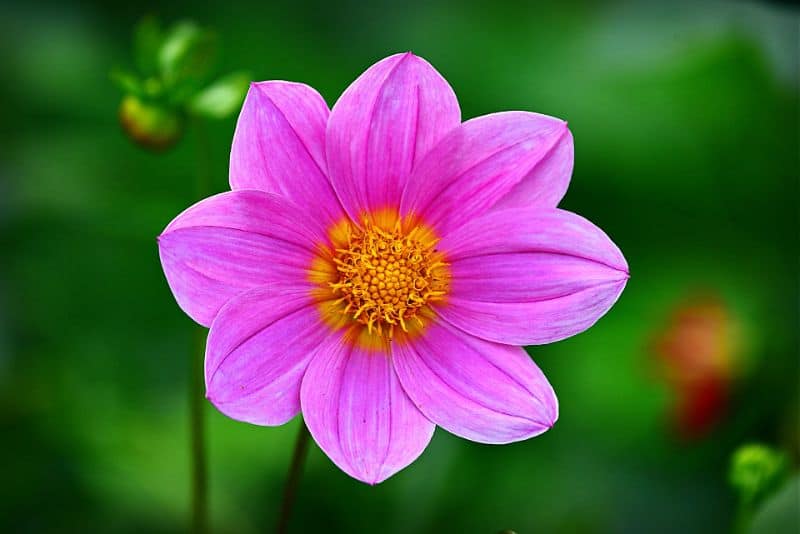
Temperature Tolerance: Cosmos thrive in warm temperatures, growing best at around 70°F to 85°F.
Planting Dates: Sow seeds directly into the garden in early June.
Cosmos can bring a unique touch to your flower garden with their delicate blooms and airy structure. They thrive in poor soils and full sun, making them low-maintenance flowers. Cosmos are also drought-tolerant once established, requiring less frequent watering. Regular cutting encourages more blossoming, making them an excellent choice for prolonged blooms throughout the summer.
Aster
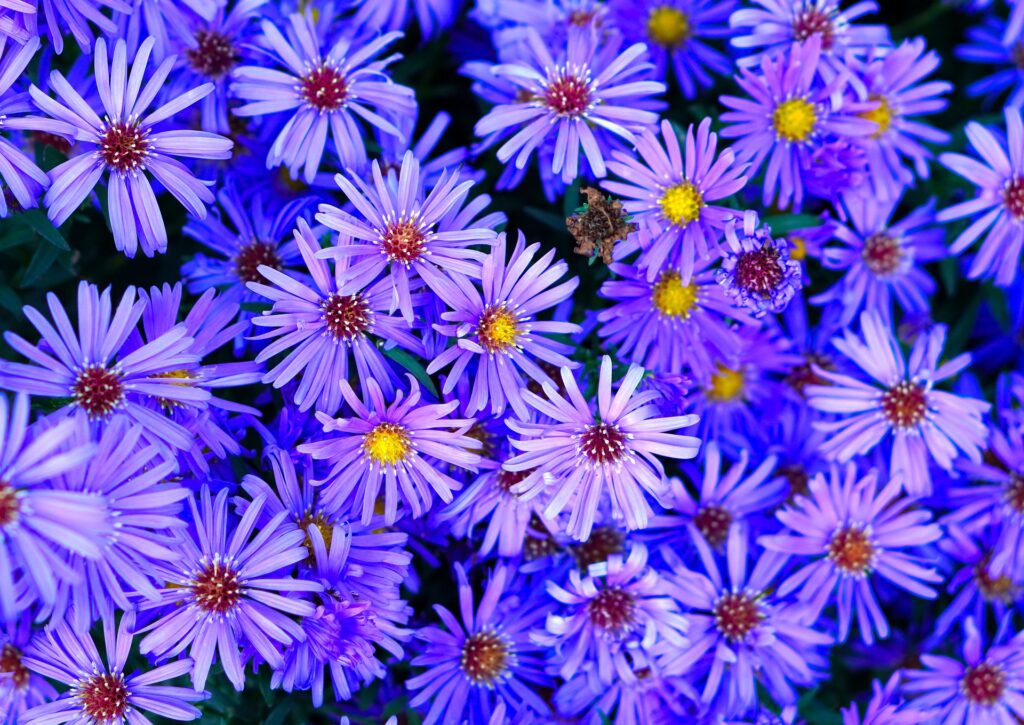
Temperature Tolerance: Asters prefer moderate temperatures but can handle the warm conditions of summer (70°F to 80°F).
Planting Dates: Plant in June for late summer blooms.
Asters are charming perennials that produce vibrant flowers, attracting butterflies and other pollinators. They thrive best in well-drained soil and full sun but can tolerate some light shade. Regular watering will nourish their growth, and stake taller varieties for support during windy conditions. Asters can provide seasonal interest in fall gardens as they flower later in the year.
Cleome
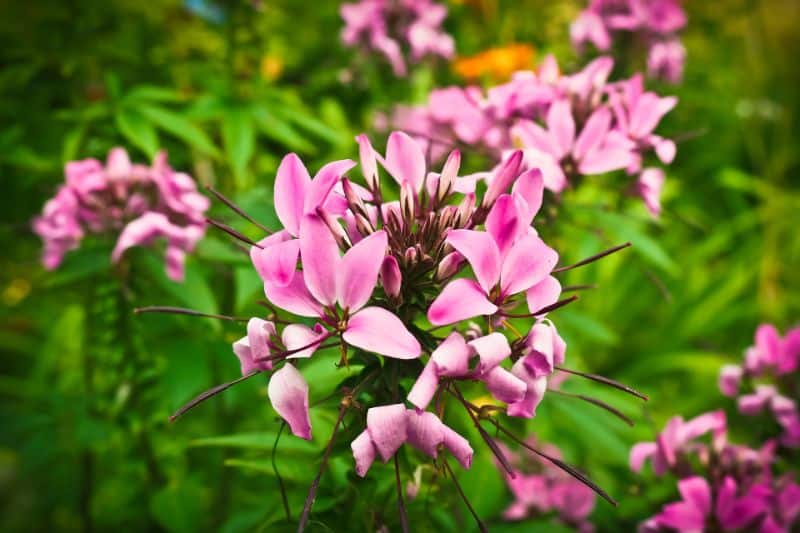
Temperature Tolerance: Cleome prefers warmer growing conditions, flourishing from 70°F to 90°F.
Planting Dates: Plant seeds directly in the ground in mid to late June.
Cleome, or spider flower, features tall stems with unique flowers, adding an exotic flair to your garden. Once established, cleome thrives in dry to average soil conditions and handles the heat of summer well. They also self-seed readily, so once planted, they may return in subsequent years, simplifying maintenance. They attract beneficial insects and pollinators, making them an environmentally friendly choice.
Salvia
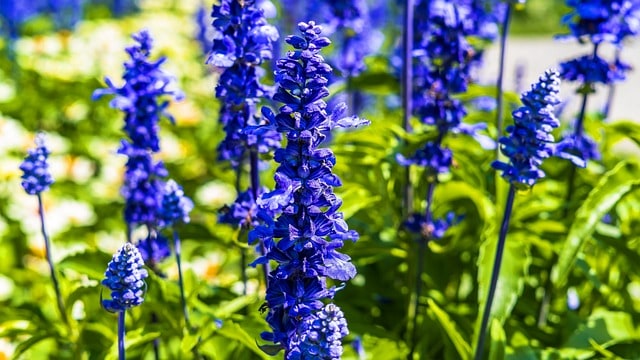
Temperature Tolerance: Salvia prefers warmer weather, doing best in 70°F to 80°F.
Planting Dates: Plant in mid-June to enjoy blooms throughout summer and into fall.
Salvia is a diverse genus with numerous varieties suited for various garden styles. These flowering plants are drought-tolerant and prefer well-drained soil with full sun exposure. Various salvia types attract hummingbirds and bees, enhancing garden vibrancy. Regular watering for young plants is critical, while mature salvia can handle dry periods.
Petunias

Temperature Tolerance: Petunias thrive in temperatures from 60°F to 80°F, preferring warm conditions.
Planting Dates: June is an excellent time for setting out transplants or sowing seeds.
Petunias are versatile flowers that bring lively colors to gardens or containers. They do well in well-drained soil and full sun, thriving with regular watering and deadheading. These annuals bloom profusely during summer, offering a changing palette of color varieties. Petunias can be used in hanging baskets, window boxes, or garden borders for eye-catching displays.
Snapdragons

Temperature Tolerance: Snapdragons prefer moderate temperatures but can tolerate warm conditions; they bloom best between 60°F and 75°F.
Planting Dates: Typically, they are planted in early spring, but June can still yield blooms in heat-tolerant varieties.
Snapdragons add height and drama to garden borders with their tall, dense flower spikes. While they typically prefer cooler temperatures, mid-summer plantings can produce blooms if the right varieties are chosen. Ensure they have evenly moist soil with regular watering. Snapdragons can tolerate some shade, making them versatile for various garden spaces. Their unique flowers draw pollinators, enhancing your garden’s health and diversity.
Lavender
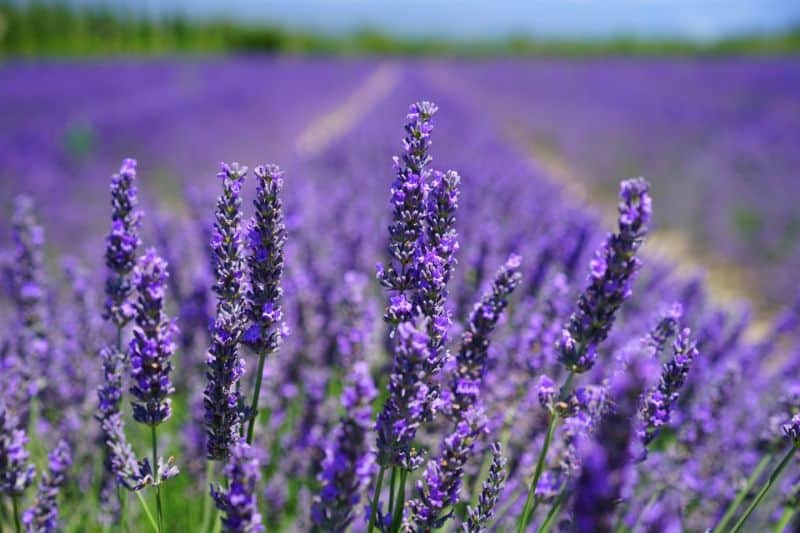
Temperature Tolerance: Lavender thrives best in warm, well-drained conditions, liking temperatures between 70°F to 85°F.
Planting Dates: June is ideal for planting established plants or starting them from seeds.
Lavender is not only prized for its lovely fragrance but also its ability to repel pests in the garden. This perennial herb thrives in full sun and well-drained soil, making it perfect for drought conditions once established. Regular pruning encourages bushy growth and a compact form. Lavender’s aesthetics and aromatics work beautifully alongside vegetables and flowers, making it a valuable addition to any garden.
Herbs To Plant
Basil
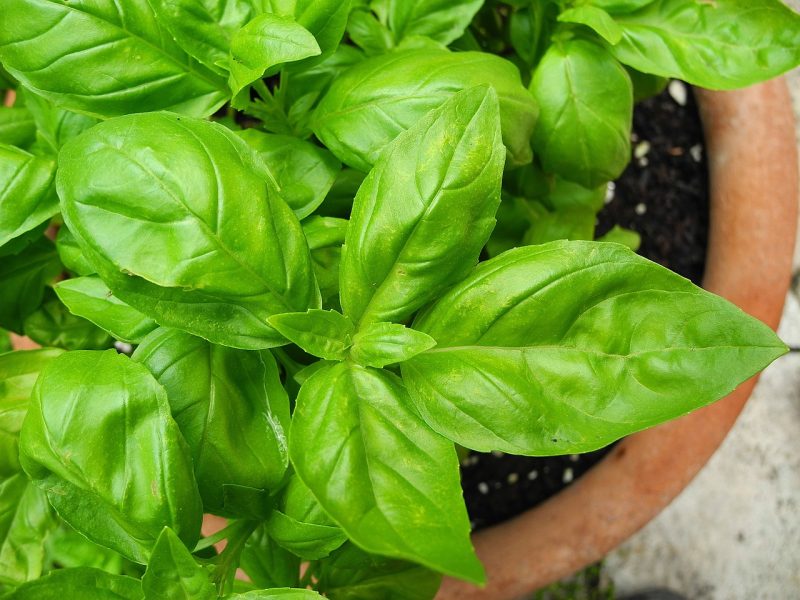
Temperature Tolerance: Basil flourishes in warm temperatures, ideally between 70°F and 85°F.
Planting Dates: Transplant or sow seeds directly into the ground in June.
Basil is a favorite herb for many gardeners, used widely in culinary dishes. It prefers well-draining soil rich in organic matter and requires full sun for optimal growth. Regular pinching of the tips encourages bushier plants and helps prevent flowering, which can change the flavor profile. Ensure consistent watering without saturating the roots; basil can be sensitive to overwatering.
Cilantro
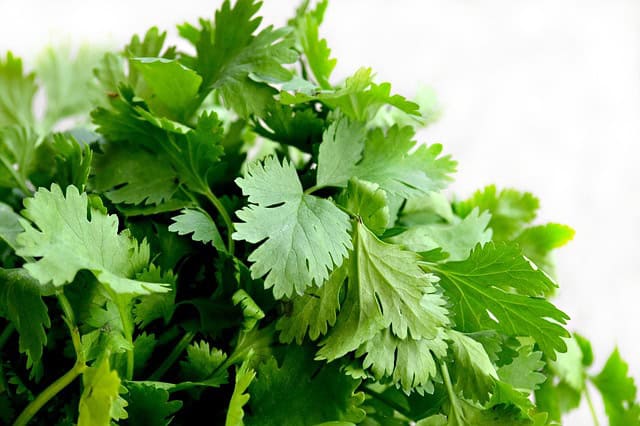
Temperature Tolerance: Cilantro prefers cooler conditions, growing best at around 70°F.
Planting Dates: Direct sow seeds into the soil in June.
Cilantro is known for its swift growth, usually taking only 3-4 weeks to reach harvestable size. After the weather warms significantly, cilantro may bolt, producing flowers. Offer partial shade during the hottest part of the day to prolong the growing season and prevent early seeding. Regular sowing every few weeks can ensure continuous supply through summer.
Chives
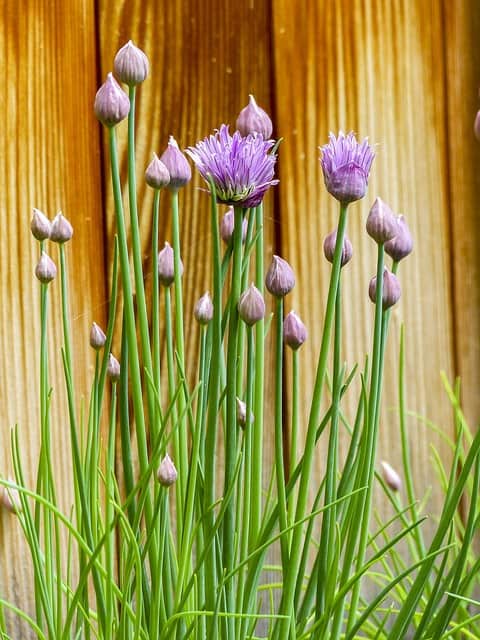
Temperature Tolerance: Chives tolerate a wide range but thrive in warm weather around 60°F to 75°F.
Planting Dates: Plant chives in June for optimal growth.
Chives are fantastic perennial herbs that bring a mild onion-like flavor to dishes. They thrive in full sun or partial shade and do best in moist, well-drained soil. Once established, chives require minimal care, and regular harvesting encourages continued growth. These herbs also produce lovely purple flowers that are edible and decorative.
Mint
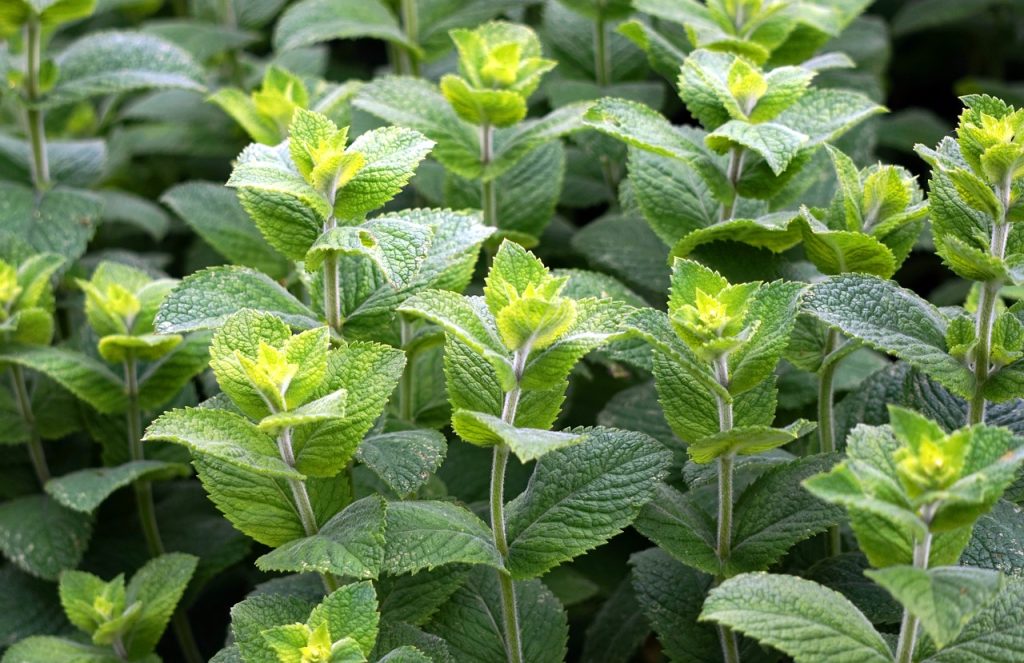
Temperature Tolerance: Mint is versatile; it prefers moderate to warm conditions, thriving at about 60°F to 75°F.
Planting Dates: June is a perfect month for planting mint, either from seeds or transplants.
Mint grows vigorously, making it advisable to plant it in containers to control its spread. It loves rich, moist soil and prefers partial shade in hotter climates. Regular watering can keep this herb flavorful and fresh. Mint can serve culinary purposes and is also a welcome addition to teas and desserts, providing a refreshing flavor profile.
Oregano
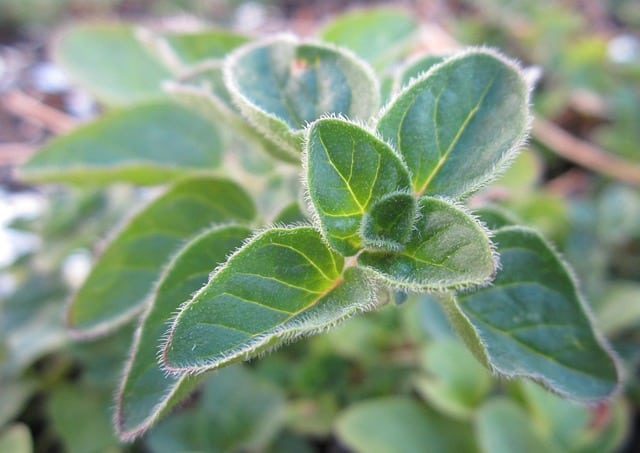
Temperature Tolerance: Oregano is heat-loving, thriving at temperatures around 70°F to 85°F.
Planting Dates: Plant in June when the soil is adequately warmed.
Oregano is a robust perennial herb that thrives in the climate of Zone 8b. It prefers well-drained soil and full sun for optimal growth. Once established, oregano can tolerate relatively dry conditions, making it easy to care for. Regular harvesting promotes bushier growth and more flavorful leaves, essential for Italian and Mediterranean cuisine.
Thyme
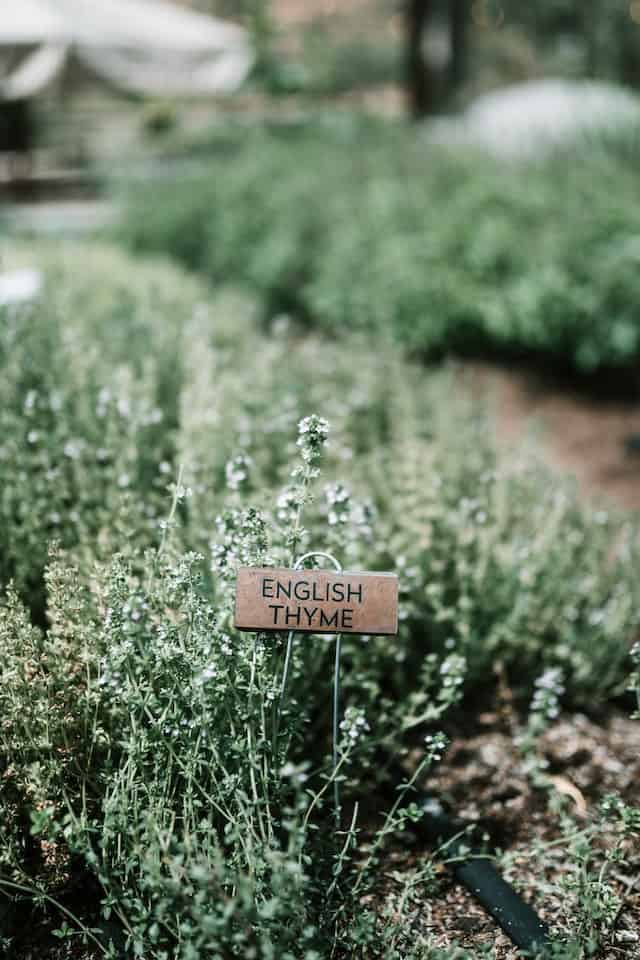
Temperature Tolerance: Thyme favors warm conditions, ideally between 70°F and 85°F.
Planting Dates: Plant thyme in June for sustained growth through summer.
Thyme is a fragrant perennial herb that requires poor to moderately fertile soil and full sun. It’s drought-tolerant once established, requiring little care beyond regular harvests. Regular pruning prevents the plant from becoming woody and encourages healthy growth. Its aromatic leaves enhance various dishes, making it a must-have herb in any garden.
Dill

Temperature Tolerance: Dill prefers cooler temperatures and does best in a range from 60°F to 75°F.
Planting Dates: June is suitable for sowing seeds directly into the garden.
Dill is an annual herb that grows quickly, known for its feathery leaves and distinct flavor. It is an ideal companion for other plants, particularly cucumbers, enhancing flavors in pickling. Regular watering is essential to prevent dryness, leading to early bolting. Consider sowing seeds every 2-3 weeks for a continuous harvest.
Parsley
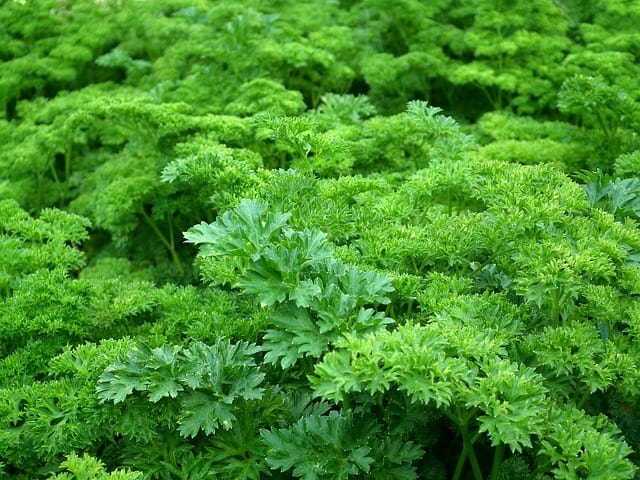
Temperature Tolerance: Parsley grows well in moderate temperatures, thriving at around 60°F to 75°F.
Planting Dates: June is an appropriate time for sowing seeds or planting established seedlings.
Parsley can be grown as a biennial herb but is mostly cultivated as an annual. It is a versatile herb used in various dishes and garnishes. Plant it in rich, well-drained soil, and ensure it receives sufficient moisture. Regular harvesting allows the plant to thrive, and it can self-seed for future growth.
Lemon Balm
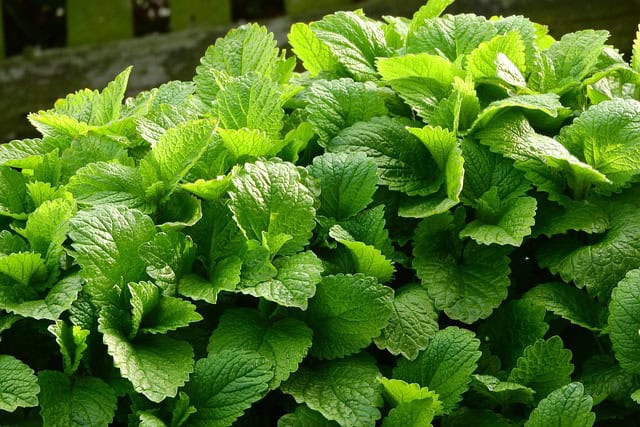
Temperature Tolerance: Lemon balm thrives in warm temperatures, ideally between 70°F and 85°F.
Planting Dates: June is an excellent time to plant established seedlings.
Lemon balm is a perennial herb known for its delightful lemony scent and flavor. It grows well in partial shade or full sun and requires consistently moist, fertile soil. Once established, lemon balm can spread easily, so consider planting it in containers. Regular harvesting promotes bushier growth and flavorful leaves for teas and culinary use.
Sage
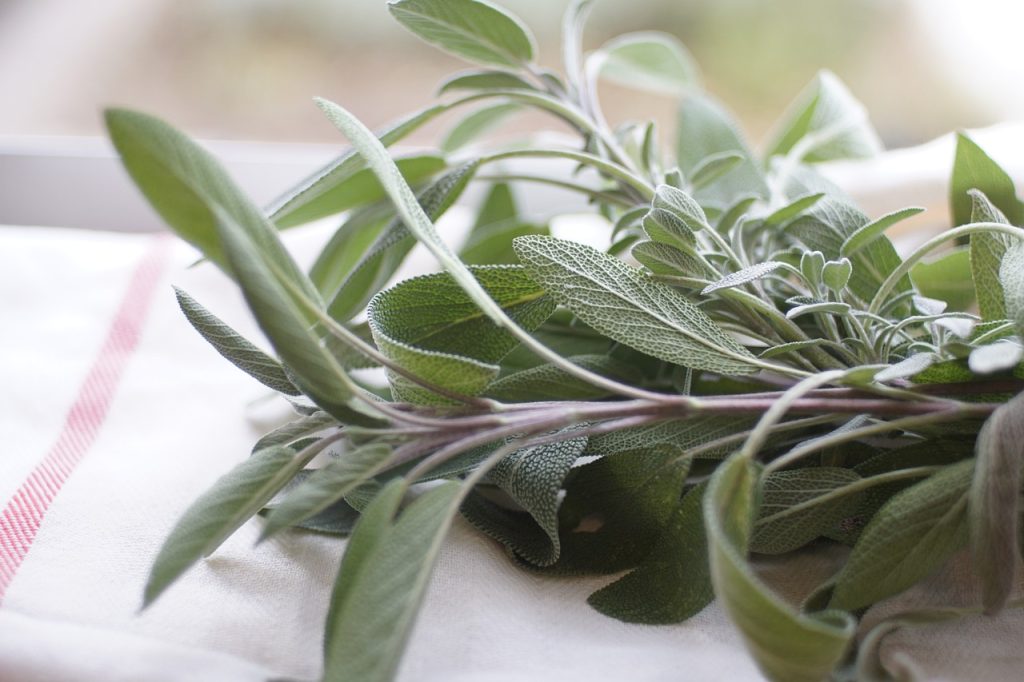
Temperature Tolerance: Sage grows best in warm conditions, thriving in temperatures from 70°F to 85°F.
Planting Dates: June is perfect for planting established plants or seeds.
Sage is a hardy perennial with aromatic leaves that are often used in cooking. It prefers well-draining soil and good sunlight exposure. Minimal care is needed beyond regular watering; sage is drought-tolerant once established. Pruning encourages healthy growth, and its foliage remains attractive year-round, contributing to both culinary and ornamental garden designs.
Landscape Plants To Plant In June
Daylilies
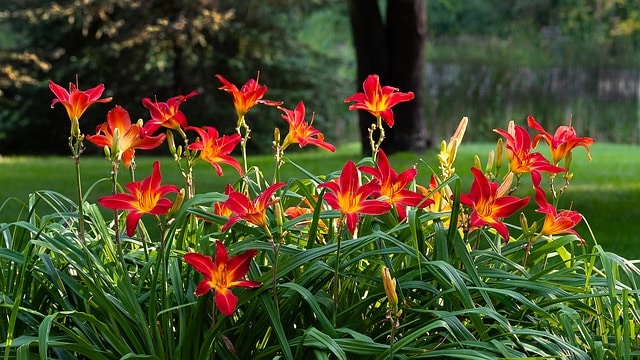
Temperature Tolerance: Daylilies thrive in a range of temperatures, handling summer heat of 70°F to 90°F well.
Planting Dates: June is an excellent time for planting bare roots or established plants.
Daylilies are resilient perennials celebrated for their ease of care and stunning blooms. They prefer full sun but can also tolerate partial shade. Daylilies adapt to a variety of soil types, provided they are well-drained. These plants require minimal attention and can thrive even under drought conditions once established. Their extensive bloom periods provide vibrant colors throughout summer and attract pollinators to the garden.
Hydrangeas
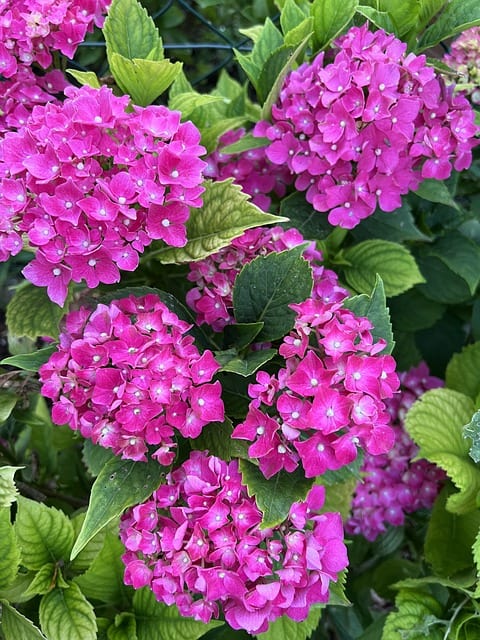
Temperature Tolerance: Hydrangeas generally thrive in moderate conditions, preferring temperatures between 65°F to 80°F.
Planting Dates: June is suitable for planting established plants or moving existing ones.
Hydrangeas are beautiful flowering shrubs that can create lush landscapes with their large blooms. They prefer soils that are rich and consistently moist, with good drainage, and they thrive in partial shade or full sun. Some varieties change color depending on soil pH, adding a fun element for gardeners. Be mindful of watering, especially during hot spells, as hydrangeas can wilt under stress.
Crepe Myrtle

Temperature Tolerance: Crepe myrtles prefer warm conditions, thriving in temperatures ranging from 70°F to 95°F.
Planting Dates: Crepe myrtles can be planted in June when the ground is warm.
These flowering trees are perfect for adding summer color to any landscape. Crepe myrtles enjoy full sun and well-drained soil, making them suitable for a range of garden settings. These hardy trees require little care once established and can be pruned to maintain desired shapes. Their beautiful flowers attract hummingbirds and butterflies, enhancing the biodiversity of your garden.
Boxwood

Temperature Tolerance: Boxwoods are adaptable and can thrive in temperatures well above freezing.
Planting Dates: June is an excellent time for planting boxwood for a newly landscaped area.
Boxwoods are evergreen shrubs that add structure and formality to gardens. They thrive in a variety of sunlight conditions, from full sun to partial shade, but prefer well-drained soil. Regular pruning helps maintain desired shapes and overall health. Boxwoods make great hedges and decorative accents in both formal and informal gardens.
Coneflower
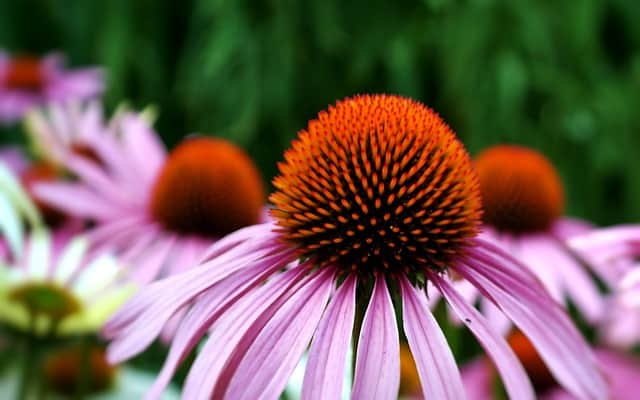
Temperature Tolerance: Coneflower blooms best in warm conditions, around 70°F to 85°F.
Planting Dates: Plant coneflowers in June for vibrant colors in mid to late summer.
Echinacea, or coneflower, is a hardy perennial that produces beautiful daisy-like blooms. These flowers thrive in well-drained soil and prefer full sunlight. They attract a wealth of pollinators, contributing to the ecological health of gardens. Coneflowers are drought-tolerant once established and can bloom for weeks, adding color and wildlife attraction to your landscape.
Russian Sage
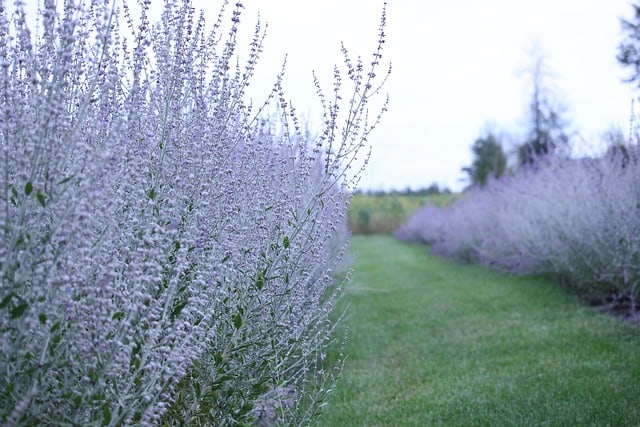
Temperature Tolerance: Russian sage grows best in warm temperatures, thriving at around 70°F to 90°F.
Planting Dates: June is ideal for planting established plants or cuttings.
Russian sage is a drought-tolerant perennial noted for its silvery foliage and delicate purple blooms. It thrives in well-drained soil and full sun, making it low maintenance. These plants can perform well in poor soils, adding texture and color to borders or as standalone features. Regular pruning can improve air circulation, preventing issues related to humidity.
Ornamental Grasses
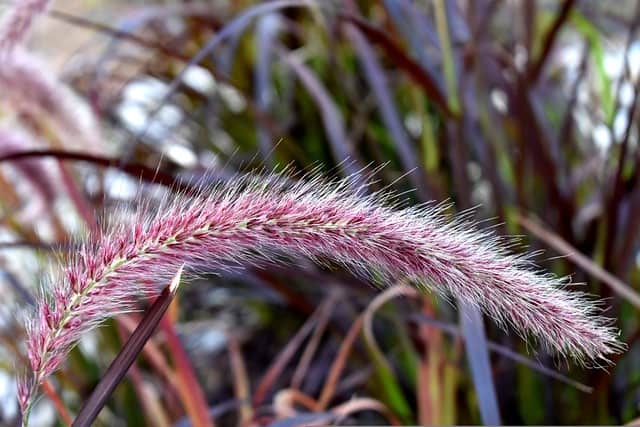
Temperature Tolerance: Ornamental grasses prefer warm weather, ideally thriving at temperatures between 70°F and 90°F.
Planting Dates: June is suitable for planting either seeds or established plants.
Ornamental grasses add dynamic movement and texture to garden landscapes. Varieties such as ‘Miscanthus’ or ‘Pennisetum’ thrive in full sun and well-drained soil. These grasses often require very little water once established and can provide visual interest throughout the year. Planted in mass or as part of mixed borders, ornamental grasses can provide year-round beauty while also functioning as natural barriers.
Roses
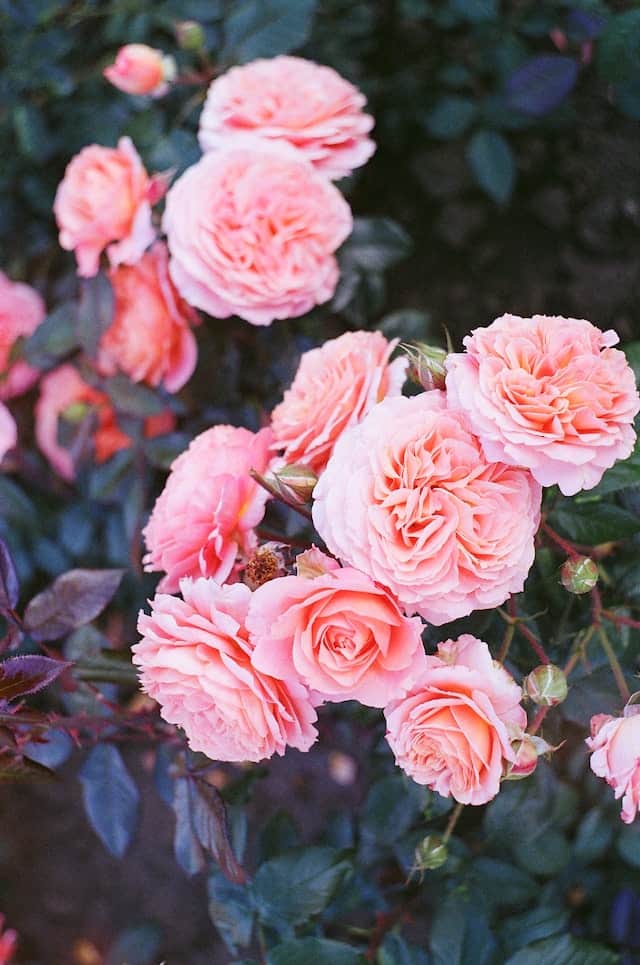
Temperature Tolerance: Roses flourish in moderate to warm conditions, generally performing well between 60°F and 85°F.
Planting Dates: June is a suitable time to plant new rose plants or transplant existing ones.
Roses are a classic choice for perennial landscapes, celebrated for their beauty and fragrance. They prefer well-draining soils and ample sunlight, ideally 6-8 hours daily. Regular pruning encourages vigorous blooms, and consistent watering without saturating the roots will aid in healthy growth. Roses can thrive in many garden styles, from formal beds to cottage gardens.
Lavender

Temperature Tolerance: Lavender prefers warm conditions, growing best between 70°F to 85°F.
Planting Dates: June is ideal for planting established plants or starting from seeds.
Lavender is renowned for its aromatic leaves and beautiful purple flowers. It thrives in well-drained sandy or rocky soils and full sun. Once established, lavender is drought-tolerant, requiring minimal watering. Regular pruning promotes compact growth and enhances blooms, enriching your landscape with color and fragrance while attracting pollinators.
Butterfly Bush
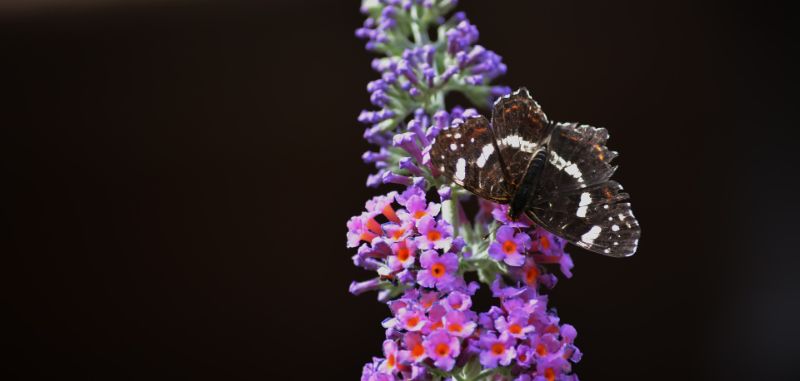
Temperature Tolerance: The butterfly bush thrives in warm weather, showing its best growth between 70°F and 90°F.
Planting Dates: June is ideal for planting new butterfly bushes.
Butterfly bushes are known for attracting various pollinators, especially butterflies. They thrive in well-draining soil and full sun, making them suitable for many landscape designs. Regular pruning after blooms fade encourages healthy growth and keeps the bush from becoming too leggy. Their blooms add vibrant colors to gardens, enhancing overall biodiversity.




